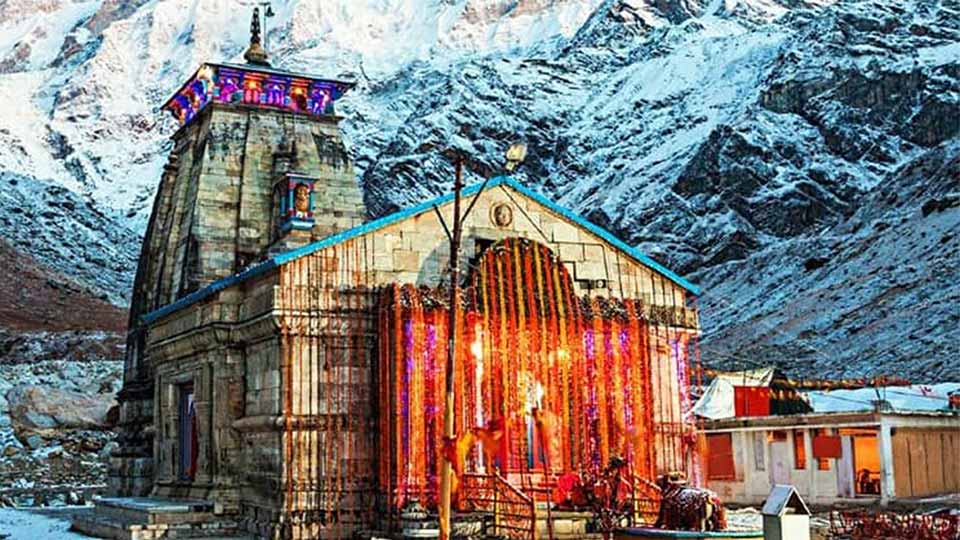Kedarnath Yatra is one of the most popular and challenging pilgrimages in India. It is a journey to the holy town of Kedarnath, located in the Garhwal Himalayas in the state of Uttarakhand. The town is home to the Kedarnath Temple, one of the 12 Jyotirlinga shrines dedicated to Lord Shiva. The Kedarnath Yatra typically begins in the month of April and ends in the month of November, when the temple closes for the winter.
Kedarnath Dham, amidst the Himalayan peaks of Uttarakhand, stands as a unique spiritual sanctuary revered by millions. Its distinctiveness lies in its high-altitude location, perched at an elevation of 3,583 meters (11,755 feet), making it one of the Char Dhams and a revered destination for Lord Shiva devotees.
The Kedarnath Temple, an architectural marvel, is the epicenter of this pilgrimage. Surrounded by pristine snow-clad peaks, it exudes an aura of serenity and devotion. What truly sets it apart is the belief that Lord Shiva himself, in the form of a conical lingam, resides here, perpetually enveloped by snow, and only accessible during the summer months.
Pilgrims embark on a challenging trek to reach this sacred abode, traversing rugged terrain and icy streams. This spiritual odyssey, characterized by unwavering faith and determination, offers a unique blend of adventure and devotion. Kedarnath yatra, with its unparalleled natural beauty and divine aura, stands as an emblem of resilience, drawing seekers and wanderers into its mystical embrace. The Kedarnath opening ceremony is a grand and elaborate event.
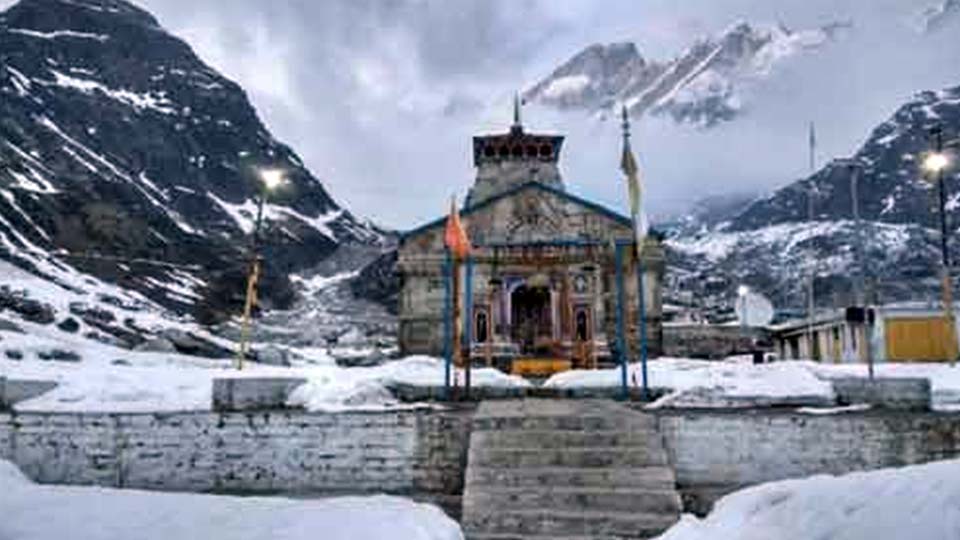
It begins with the temple priests performing ancient Vedic rituals and prayers. The highlight of the ceremony is the unveiling of the sacred idol of Lord Kedarnath, who is believed to reside in the temple in the form of a naturally occurring conical rock known as the “Bhagwan Shri Kedarnath Ji Ki Ban.” Devotees and pilgrims who go to Kedarnath yatra during the opening ceremony witness the divine rituals and seek the blessings of Lord Kedarnath.
Many undertake a challenging trek to reach the temple and offer prayers. On the festival of Bhai Dooj, the closing ceremony of the Temple takes place
The opening and closing of the Kedarnath temple, like many other temples in the Himalayan region, are primarily influenced by climatic and environmental factors, as well as historical and religious traditions. Here are the reasons why Kedarnath is open and closed at specific times of the year:
Opening of Kedarnath
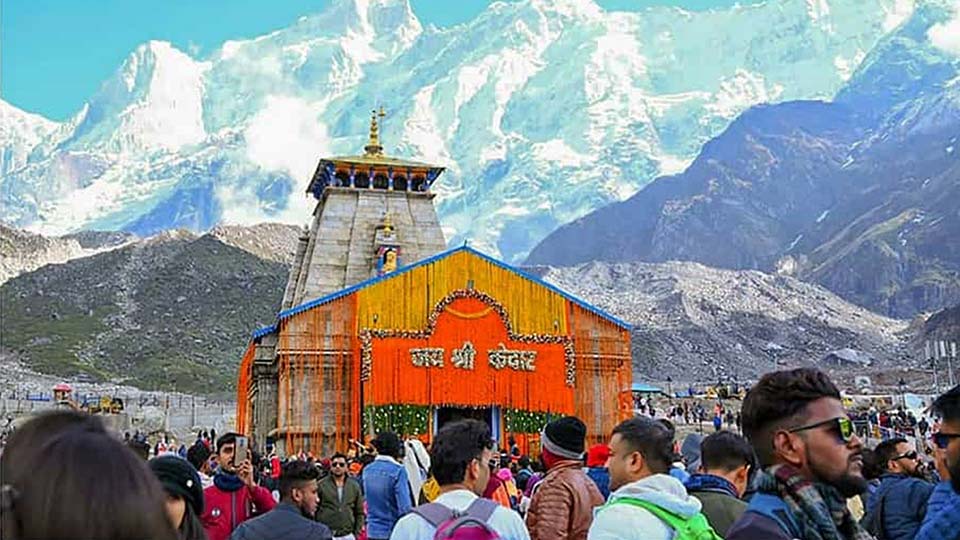
The Kedarnath temple opens each year in late April or early May, signifying the start of the Kedarnath yatra season. This timing is influenced by practical and religious factors. During winter, the region is covered in heavy snowfall, rendering it inaccessible and dangerous. As the snow begins to melt in late spring, the Kedarnath yatra routes become navigable, allowing pilgrims to undertake the journey safely.
The opening date aligns with the Hindu calendar and traditions, making it an auspicious period for the Yatra. Devotees from all over India and beyond embark on this journey to seek the blessings of Lord Shiva.
Maintenance and repair work is also carried out during the winter months when the temple is closed. The extreme cold and snow can potentially damage the temple structure. Thus, this time provides an opportunity for restoration work to ensure the temple’s structural integrity and safety.
Closing of Kedarnath
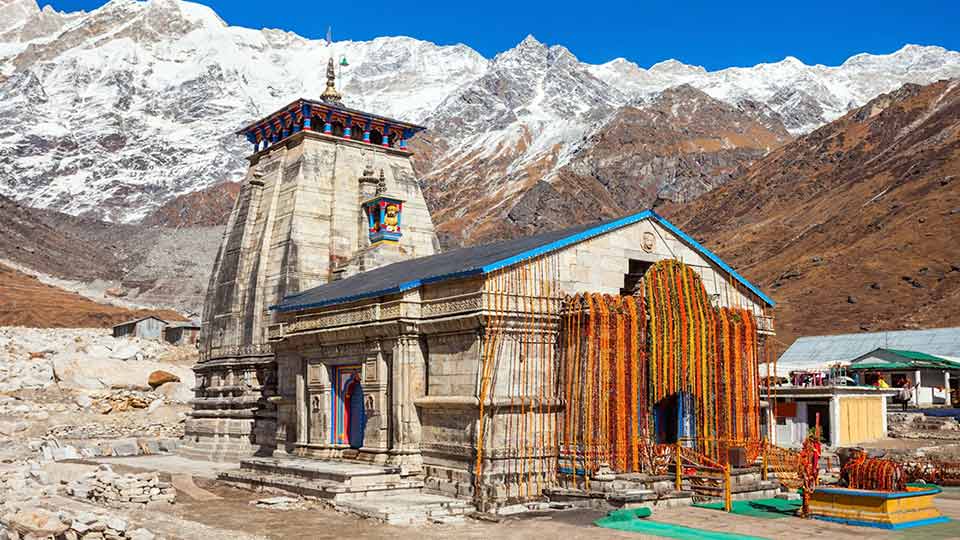
Kedarnath temple closes for the winter season, typically in late October or early November. This decision is primarily due to the harsh winter conditions in the Himalayas. As winter progresses, the region experiences freezing temperatures, heavy snowfall, and icy conditions. The Kedarnath yatra routes become treacherous, posing a significant risk to the safety of pilgrims.
Safety is paramount, and there is a real danger of avalanches, landslides, and frostbite during the winter months. To protect the well-being of devotees and visitors, authorities close the temple and the Kedarnath Yatra route.
This practice is not only a practical safety measure but also rooted in religious customs. It is believed that Lord Shiva, who resides in the temple, moves to a different location during the winter to avoid the harsh conditions. The temple’s closing ceremony, known as the “Uttarayana Kapat Bandhan,” involves a special ritual to mark the temple’s closure.
In summary, the opening and closing of Kedarnath temple are determined by a combination of practical considerations, religious traditions, and safety concerns, ensuring the safety of pilgrims and the preservation of the temple structure
Opening and Closing Dates
The tentative opening and closing dates for the Kedarnath Yatra 2024 are:
Opening Date: 14 May 2024
Closing Date: 2 November 2024
How to Reach Kedarnath

The nearest airport to Kedarnath is Jolly Grant Airport in Dehradun, which is about 238 kilometers (about 147.89 mi) away. From Dehradun, pilgrims can take a taxi or bus to Rishikesh. From Rishikesh, pilgrims can take a shared taxi or bus to Gaurikund, which is the base camp for the Kedarnath trek.
The trek from Gaurikund to Kedarnath is about 16 kilometers (about 9.94 mi) long and takes about 6-8 hours to complete. There are also helicopter services available from Gaurikund to Kedarnath.
Things to Keep in Mind Before Undertaking the Kedarnath Yatra
- The Kedarnath Yatra is a challenging one, so it is important to be physically fit before undertaking it.
- The weather in Kedarnath can be unpredictable, so it is important to pack warm clothes and rain gear.
- It is also important to acclimatize to the high altitude before starting the trek.
- Pilgrims should carry their own food and water, as there are limited supplies available on the trek.
- It is also important to register with the local authorities before starting the trek.
- For more such info refer to our blog on “do’s and don’ts of Kedarnath”
What to do in Kedarnath

While in Kedarnath yatra, there are several sacred and natural wonders to explore. Start your journey by visiting the revered Kedarnath Temple and offering your prayers to Lord Shiva. It’s a profound experience in the heart of the Himalayas.
Afterward, immerse yourself in the spiritual energy by taking a dip in the holy waters of the Mandakini River. This cleansing ritual has deep significance in Hinduism and is believed to purify the soul.
For nature enthusiasts, a visit to Vasuki Tal is a must. This picturesque lake, situated near the Kedarnath Temple, offers breathtaking views and a serene atmosphere that complements the spiritual aura of the region.
If you’re up for an adventure, consider trekking to the Chorabari Glacier. It’s one of the most popular trekking destinations in Kedarnath, surrounded by stunning landscapes and a sense of wilderness that’s sure to captivate your senses.
Lastly, don’t miss the Triyuginarayan Temple, another significant Hindu pilgrimage site near Kedarnath. It’s steeped in mythology and history, making it a fascinating stop on your spiritual journey in this sacred land.
In Kedarnath yatra, these experiences, whether spiritual or natural, converge to create a profound and unforgettable pilgrimage.
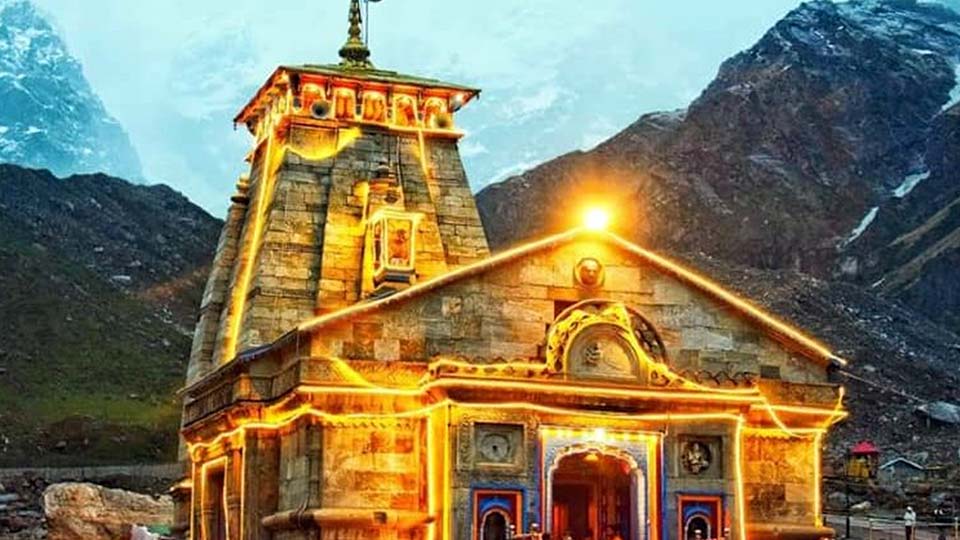
The Kedarnath Yatra offers a profound blend of spirituality and adventure in the lap of the Himalayas. As you prepare to embark on this transformative journey, remember that our blog page is your source for informative articles and resources. Whether you seek insights for your pilgrimage or plan future spiritual endeavors, our blog can guide you on your path.
Additionally, for comfortable accommodation during your pilgrimage, consider visiting dharmshala.in. We offer convenient and well-arranged stays to ensure you have a peaceful and restful experience as you embark on your spiritual odyssey.
As you venture to Kedarnath, may your journey be blessed, and may you find spiritual solace amidst the breathtaking natural beauty of this sacred land.
Frequently Asked Questions
The Kedarnath Yatra is a pilgrimage to the holy town of Kedarnath in Uttarakhand, India, where devotees visit the Kedarnath Temple, dedicated to Lord Shiva.
The Yatra typically starts in April and ends in November, coinciding with the temple’s opening and closing dates.
The temple is opened in late spring when the snow melts, and it’s accessible for pilgrims. It closes in winter due to harsh conditions and safety concerns.
The ceremony involves ancient Vedic rituals, prayers, and the unveiling of the sacred idol of Lord Kedarnath.
The nearest airport is Jolly Grant Airport in Dehradun. From there, you can take a taxi or bus to Rishikesh and then proceed to Gaurikund, the base camp for the trek.
Ensure physical fitness, pack warm clothing, acclimatize to the altitude, carry provisions, and register with local authorities.
Visit the Kedarnath Temple, take a dip in the Mandakini River, explore Vasuki Tal, trek to Chorabari Glacier, and visit Triyuginarayan Temple.
Kedarnath is one of the 12 Jyotirlinga shrines and holds immense religious importance for Lord Shiva devotees.
The trek from Gaurikund to Kedarnath is about 16 kilometers long and takes 6-8 hours to complete.
For more articles and resources, visit our blog at dharmshala.in, and for accommodations, consider visiting dharmshala.in to ensure a comfortable stay during your pilgrimage
Meet The Author

Krishna Kishor
Greetings! I’m Krishna Kishor, currently pursuing an MBA at IMT Ghaziabad, where I’m honing my skills in business management. While my academic pursuits keep me grounded in the corporate world, my heart finds solace in exploring the spiritual and cultural realms of our diverse world.

